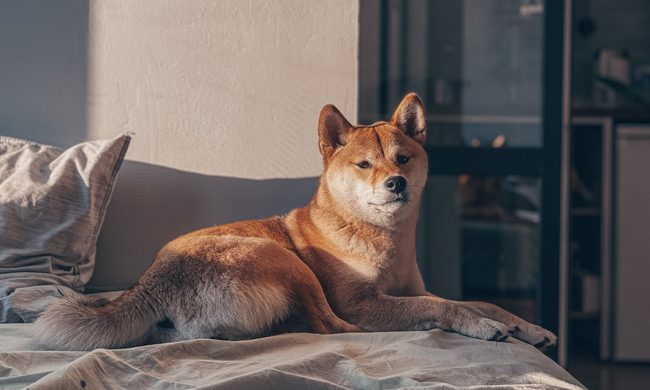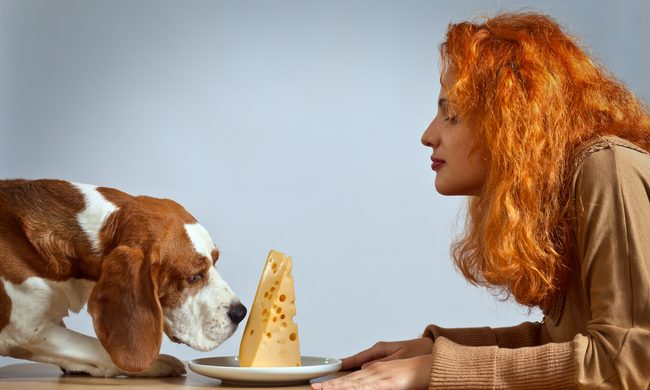The days of denta-sticks are over. With nearly any toothbrush for dogs, you can help prevent plaque and dental disease while bonding with your pet over a tasty treat (ever heard of bacon-flavored toothpaste?). But not all toothbrushes are created equal.
If you’ve ever wondered, “What can I use to brush my dog’s teeth?” wonder no more. From the basics to the bells and whistles, we’ve selected some of the most popular, highly reviewed toothbrushes to share with you. You really can’t go wrong with any of these picks, so there’s no way to lose!
Good: Woobamboo Dog & Cat Toothbrush
- Eco-friendly
- Ergonomic handle aids effective cleaning
- Can be repurposed as a toy once the bristles get worn down
Not only is this toothbrush good for your dog’s teeth, but it’s also good for the environment. It’s made from recycled bamboo and features a curved handle to help you keep your grip. The nylon bristles have been altered to accommodate pets’ teeth, though they can be removed once they get worn after a few months. Why remove them? To give your pup a stick toy to chew on or fetch, of course!
Everything about this brush is safe and eco-friendly, from soy-based ink to recycled packaging materials. All that’s left for you to do is to grab the toothpaste!
Better: Virbac C.E.T. Dual Ended Toothbrush
- Long handle for a better reach
- Two brush heads for more effective cleaning
- Soft bristles designed not to irritate gums
This two-in-one toothbrush is specially formulated for pets, so you know you’re getting exactly what you need. Whether you use the large end of this brush for a complete clean or the smaller end to get to those hard-to-reach spots, your dog and their vet will thank you for caring for his teeth.
The long handle of this toothbrush makes it easier to get to the back molars without reaching your whole hand down your pup’s mouth. And with its soft bristles (to stimulate and not irritate your pet’s sensitive gums), your dog won’t even mind.
Best: Vet’s Best Enzymatic Toothpaste and Toothbrush Dog Dental Care Kit
- Comes with enzymatic toothpaste
- Includes a triple-headed toothbrush
- Bonus finger brush included
Although this kit includes a veterinarian-approved enzymatic toothpaste, we’re going to zero in on the pet-friendly toothbrush it comes with. Its plastic handle makes it easy for you to hold but hard for it to look unsightly in your bathroom cupboard — it looks like a human’s toothbrush! The bristles, however, are a different story.
This toothbrush has three heads to clean every side and surface of your dog’s teeth. When applying toothpaste, just squeeze it onto the middle brush head before you begin. The neck of each bristle is flexible, too, so you can get to every corner of your fur baby’s mouth. This kit even comes with a bonus finger brush for tongue cleaning or brushing on the go.
Whichever of these popular toothbrushes you ultimately select, you’re taking an awesome first step toward keeping your pet’s oral health in tip-top shape. Your veterinarian will have the best advice regarding how often to brush, though you may want to build your way up to your intended schedule to let your dog acclimate, too. It’ll be a new experience for you both, but you’ll get the hang of it in no time… especially once Fido tastes the delicious flavors of toothpaste!




